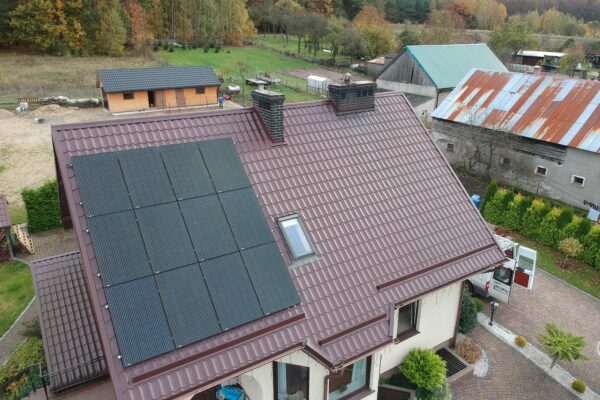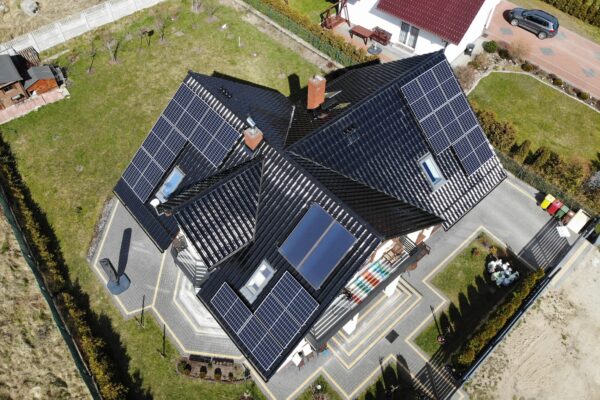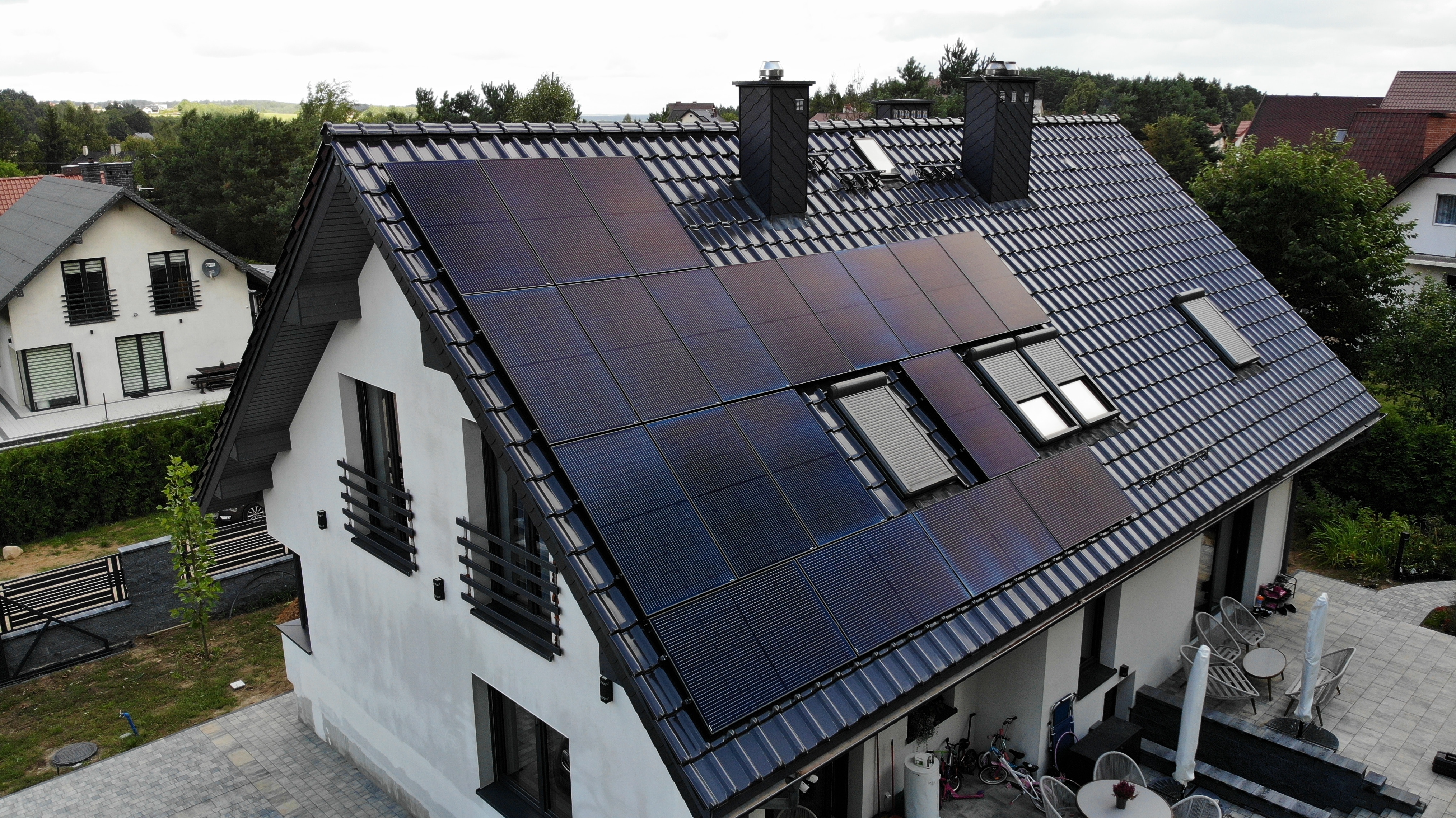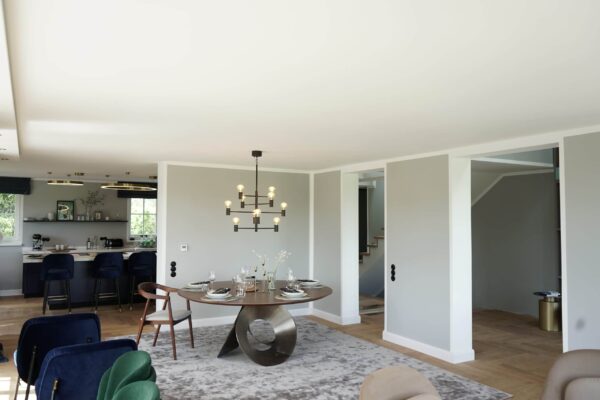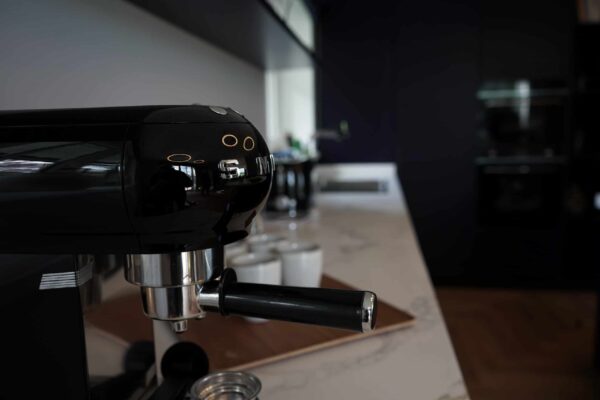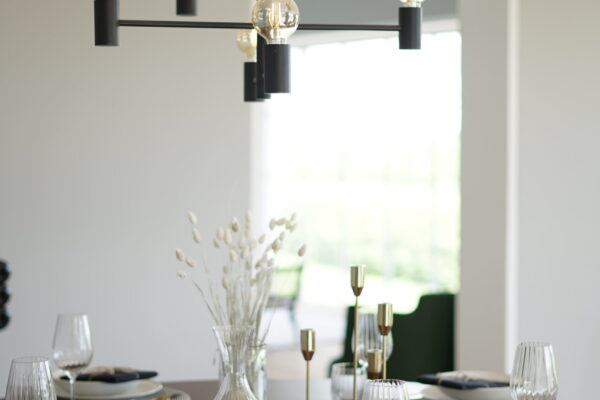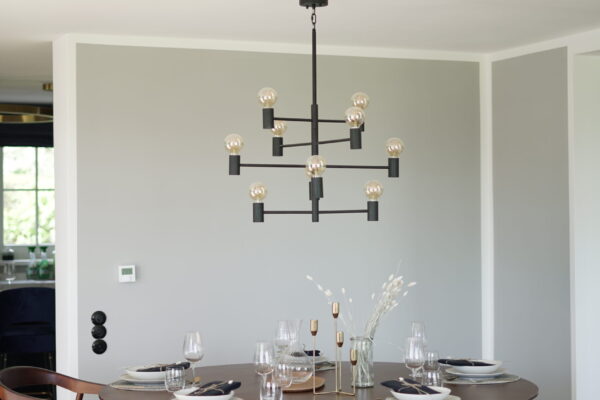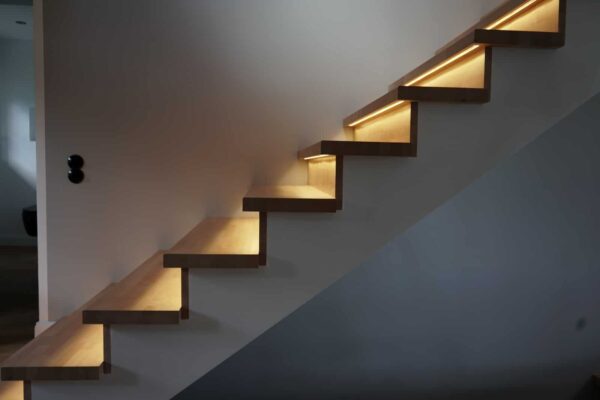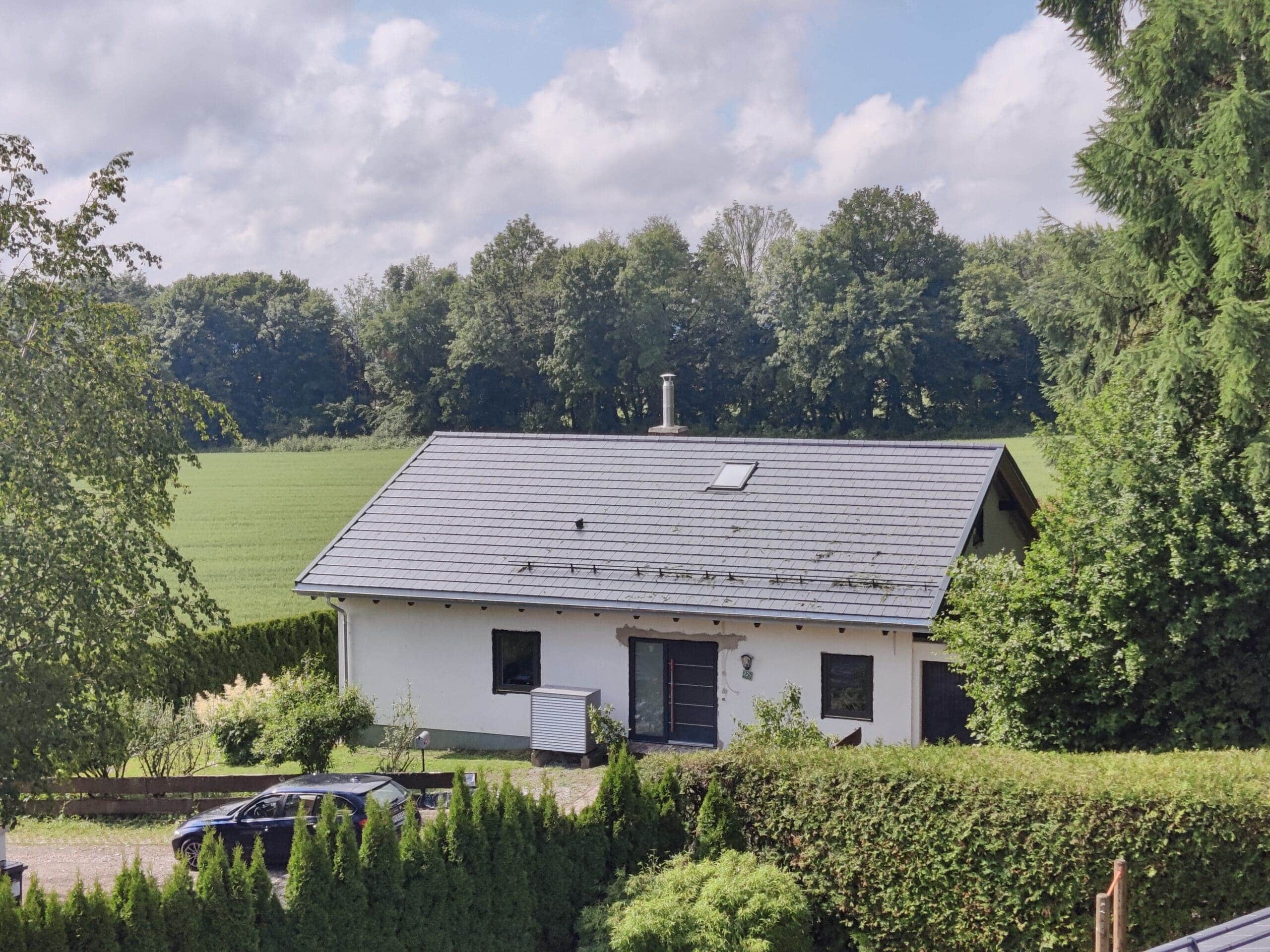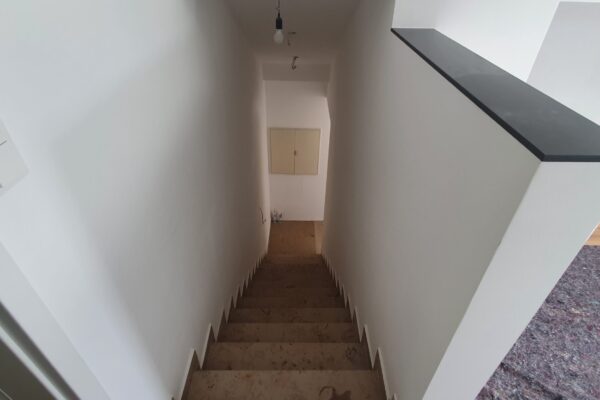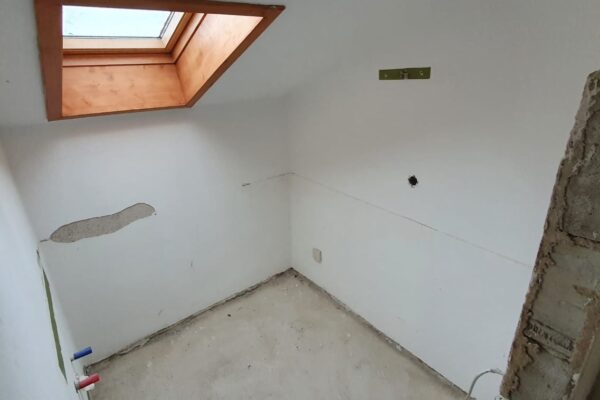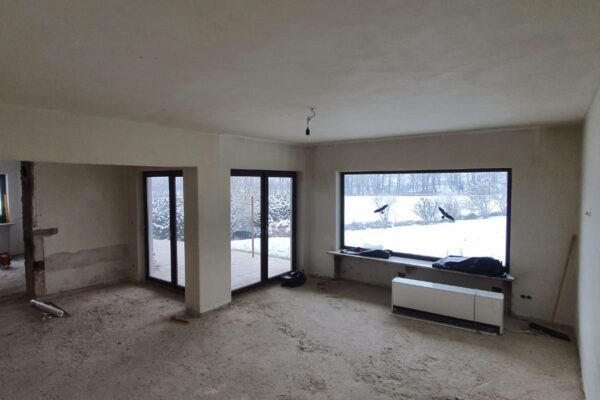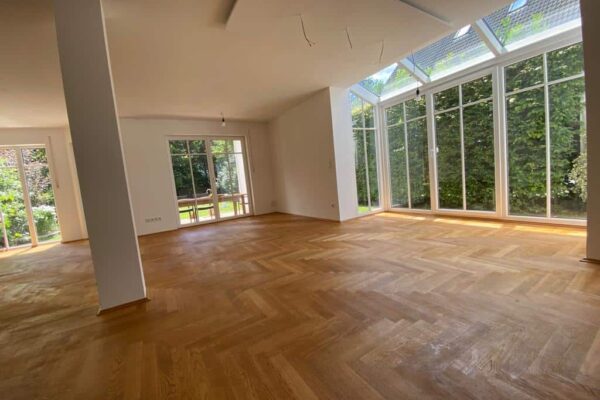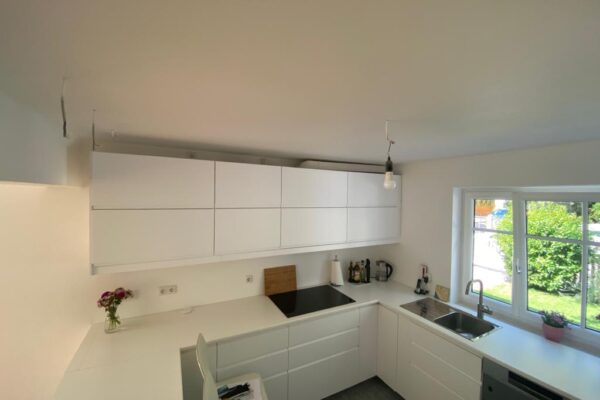
Installing Water Pipes in Your Home: A Step-by-Step Guide
Reading time:
Installing Water Pipes in Your Home: A Step-by-Step Guide
Water pipes are an important part of every household’s plumbing system. You are responsible for ensuring that clean water reaches all of your faucets and appliances. If you are building a new home or renovating an existing home, installing plumbing is a necessary task that requires careful planning and attention to detail. In this article, we’ll walk you through the steps involved in installing plumbing in your home.
Step 1: Plan the route of the water pipes
Before you start laying pipes, you need to plan the structure of your water supply system. Consider the location of the main water line, the location of your fixtures and appliances, and the route of pipes between these two points. You also need to think about the type of pipes you want to use because there are different materials such as copper, plastic and iron.
Step 2: Obtain the necessary permits
Installing water pipes is a job that requires a certain amount of effort. requires skill and specialist knowledge. Therefore, it is important that you ensure that you have all necessary permits and licenses before starting work. In most cases, you will need a permit from your local building authority, so check with them about the requirements in your area.
Step 3: Prepare the pipes and fittings
Once you have the necessary permits, you can begin preparing the pipes and fittings for installation. Clean the pipes thoroughly, making sure to remove all debris and debris that could hinder the installation process. When using copper pipes, you should use a clean cloth to remove any tarnish or oxidation as this can affect the pipes’ performance over time.
Step 4: Cut and shape the tubes
Next you need to cut the pipes to the correct length and shape. Use a hacksaw or pipe cutter to make the cuts, being careful not to deform the pipes. You may also need to bend the pipes to fit around corners or through tight spaces. So be sure to use a pipe bender to get a clean, professional looking bend.
Step 5: Assemble the fittings and connecting pieces
After you have cut and shaped the pipes, you can now start assembling the fittings and connections. This includes connecting the pipes to the fittings and devices as well as connecting the pipes to each other. There are different types of fittings such as: E.g. elbows, tees and couplings, so make sure you have the right fittings for the job. You will also need to secure the connections with glue or solder, so follow the manufacturer’s instructions carefully.
Step 6: Test the system
Once you have installed all the fittings and connections, you will need to test the system to ensure it is working properly. Turn on the main water supply, allow the water to flow through the pipes and check for leaks or drips. If everything is working properly, you can start installing the fittings and appliances.
Step 7: Installation of fittings and appliances
The final step in laying the water pipes is installing the fittings and devices. Typically, the pipes are connected to the fittings and secured with screws or other material. Follow the manufacturer’s instructions carefully as different faucets may require different installation techniques.
Installing water pipes in your home is a big task, but with careful planning and attention to detail, you can create a plumbing system that delivers clean water to all of your fixtures and appliances. If you don’t feel confident doing the installation yourself, consider hiring a professional plumber to make sure everything goes smoothly


